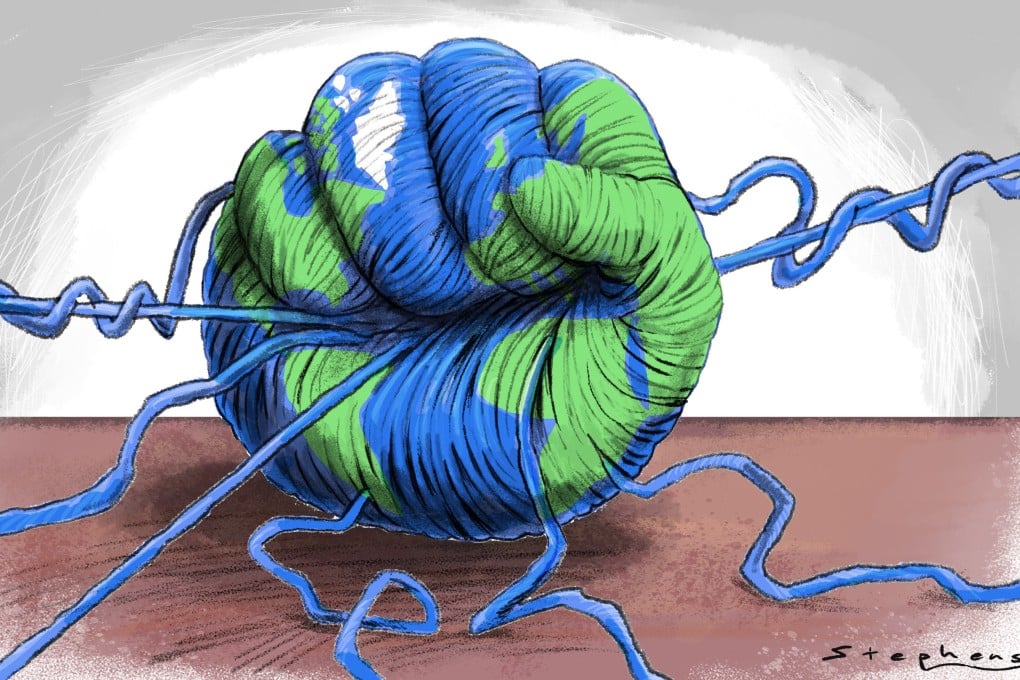Opinion | As the rules-based order declines, hegemony takes on a new form
From new development models to shifting norms, global power is now increasingly shared and contested across different regions and actors

History shows that world orders, disorders or new orders often result from the disturbing dynamics unleashed by crises amid the rise of new powers and the resistance of existing powers. Current dynamics can be understood by analysing how the world order is transitioning from a state of hegemony to one of “intertwined hegemony”.
Hegemony is a concept that was employed by Italian Marxist theorist Antonio Gramsci and is applied in international relations to describe the enduring aspects of an existing order maintained by a leading actor through a skilful combination of coercive and non-coercive power.
Hegemony is often associated with the United States, which has served as the primary hegemon shaping the post-war order. US hegemony has been exerted through its economic and military power, as well as through international institutions used as tools to uphold global norms, trade and security structures.
These crises and pivotal moments have exposed vulnerabilities in the existing world order and challenged the hegemony of Western-led institutions and norms.
